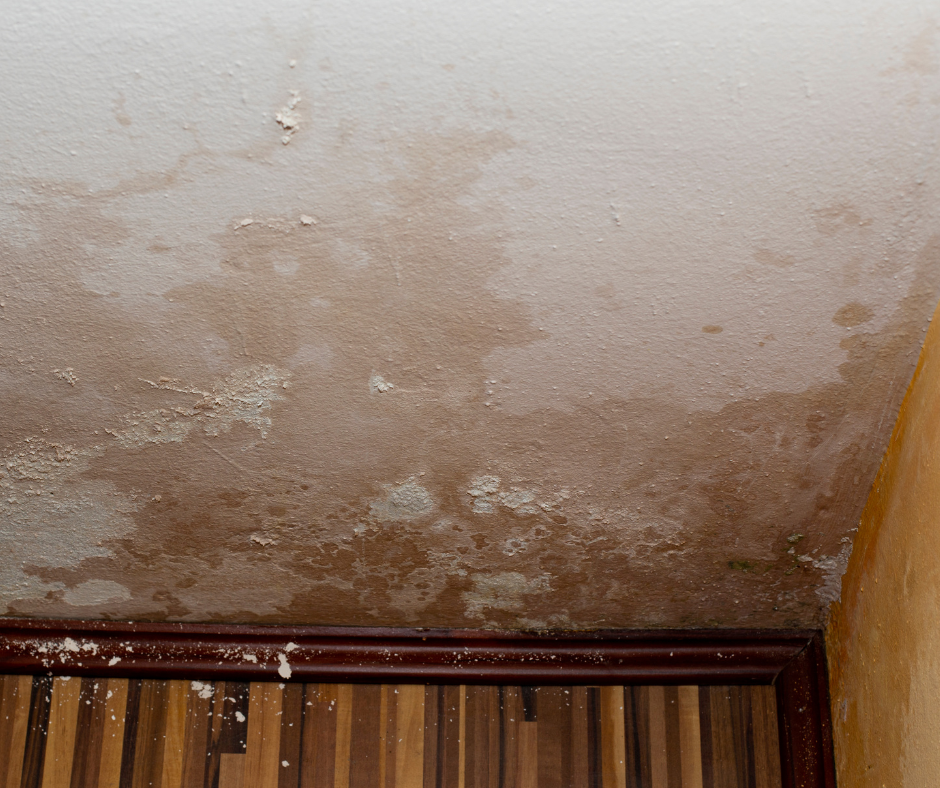
What To Do With Wet Walls And Ceilings And How To Dry Them
By: 911 Water Damage Experts
For most properties, water damage is a very common issue.
Once it happens, it is likely that the walls and ceilings are most affected by it.
This can be a serious issue for any homeowner. Since water is known to cause significant damage to the home, you should always look for ways how to restore water-damaged areas.
If you notice that the water damage has affected your walls and ceilings, then you absolutely need to do something about it and fast.
This way you will avoid long-term damage that could be done to your home.
Now, when it comes to damage created by water, you will notice that there are certain various approaches to it.
But all in all, you need to start by looking at the source.
Going to it is key if you want to fully recover from the damage that is done.
What Is The Cause Of Water Damage?
When it comes to water damage on walls and ceilings, there may be various causes for it.
Whether it is a bath or a sink that has overflowed, a pipe that has burst, or even some heavy rain – anything can cause damage. What you need to remember here is that even if you notice a small leak, and leave it unchecked, it can lead to something bigger and can disrupt the structure of the home.
Some excess moisture can also be the cause of water damage in the home. High humidity and condensation are leading elements that lead to faulty appliances.
If you start noticing some water spots or blotches on your walls and ceilings, this means that the drywall has probably been breached, and saturated with water.
Once this happens, things can quickly turn for the worse. You may even need to replace some things overall.
Note that water damage can be pretty dangerous – it can compromise the structural integrity of the home and can lead to some extensive and expensive repairs.
Signs Of Water Damage In The Home
Before the floods start pouring in, experiencing water damage comes with a special set of signs.
Even though the circumstances are always different, you can notice that there are a few signs that point to water damage, and water damage only.
If you want to avoid experiencing more significant damage to your home, you should not avoid these signs when you notice them.
All you need to do is follow the clues to get to the deduction. Some of the most common signs include:
– Growth of mould or mildew
– Warped walls
– Paint that is starting to flake, peel, or bubble
– Noticing some wet or damp patches on the walls or on the ceiling
– Musty odour
– Noticing some stains on walls and ceilings
– Seeing some condensation on the windows and the walls
– Dripping water or water leaking from a certain area
– A strange increase in your water bill
How To Start Drying Out Water Damaged Walls
The faster you start resolving your water damage issue, the smaller your workload will be.
If you are uncertain of where to begin, all you need to do is contact a professional water damage company near you that deals with these types of problems.
They should be able to give you a quote and complete the mitigation and restoration process for you.
Before repainting the walls, you need to make sure that they are completely dry.
So repainting, repairing, and refinishing the walls is considered extensive work.
Nevertheless, if it is a small area that is damaged, you can actually go through the repair process yourself.
Here are some tips on how to get the job done in a faster and more efficient way:
– Help speed up the drying process by opening all the doors and windows.
– You need to cut off the water source that is the cause of the water damage. Then, remove all the paintings and everything else from the walls that are affected.
– Next remove the baseboards, wallpaper, and mouldings.
– Take some fans and use them to further dry out the entire area. Move the air around the walls that have been damaged.
You can also get some dehumidifiers.
They will help you in the process of removing all of the excess moisture from the walls.
How Do Professionals Approach The Restoration Of Dry Walls After Water Damage
If by any chance larger water damage happens, then it is time to call in a certified water damage company.
They are experts in the water damage field and have the right equipment and knowledge to approach the issue in the correct way.
Using a variety of tools, they will be able to determine the extent of the damage.
One of the ways to do that is through a special non-invasive moisture meter that uses radio waves to determine the water damage without damaging your walls.
Other approaches include a process of hole-drilling in the wall to determine the damage, but not this one.
This is not an invasive technique and gets you the same results either way.
These are important tools that can contribute to measuring water damage and how it has affected the interior walls.
Once your water damage company identifies the scope of the project, they turn to a special set of equipment to dry out the walls.
– If your walls are not insulated: Your walls can be dried out without destroying the baseboard. A water damage company will have carefully placed air movers and they manage to dry out the surface of the wall.
The restoration process includes a dehumidifier as well.
Of course, depending on the level of damage, sometimes more than one dehumidifier is needed. This is an excellent step that can further prevent the creation of mould and mildew.
If the damage is both outside and inside of the walls, then the drying plan changes.
It includes removing the barriers, which are a coat of materials and this will allow for the moisture to evaporate.
This is how you’ll get your “dry walls” back.
In some extreme cases, your water damage company will need to completely remove the wall.
– If the walls are insulated: If you have fiberglass insulation, then you can easily use the technique which involves an inner wall drying system.
However, if the insulation is foil-backed fiberglass, blown-in cellulose, or a Styrofoam material, then you can never completely dry the walls.
In cases such as these, all you can do is quickly dry the wall as much as you can so you can prevent mould growth.
– Monitor the process: Water damage restoration professionals monitor the entire process. Homeowners should be aware of the fact that the equipment will be working non-stop until the process of drying out the walls is complete.
By monitoring, you can get an estimated time of when the job will be done. After the drying part is done, the equipment is removed.
If you have any questions about our article on “What To Do With Wet Walls And Ceilings And How To Dry Them?” or need a water damage restoration company feel free to call us at 1-833-WE-DRY-IT or chat with us in near real-time on our Facebook fan page.
Related Posts
Water Damage Restoration Articles
Water damage prevention tips from the most common problems we’ve seen
Top causes of water damage in commercial buildings and how to find them
Must-know water damage tips: What to do after your house floods
What does good water damage restoration look like?
DIY water damage restoration and the hidden dangers
How to choose the right water damage company
Flast floods: What to do before, during and after a flash flood
What to do when your attic leaks?
Fire Damage Restoration Articles
How to clean up after a house fire
Fire damage restoration checklist
Fire damage tips: 6 hazards property owners miss
How smoke from fires can negatively affect your health
What are the most common causes of house fires?
10 helpful smoke damage cleaning tips
Related Water Damage Services
Fire damage restoration services
Water damage restoration services
Emergency cleanup services
Mould removal services
Weather damage services


